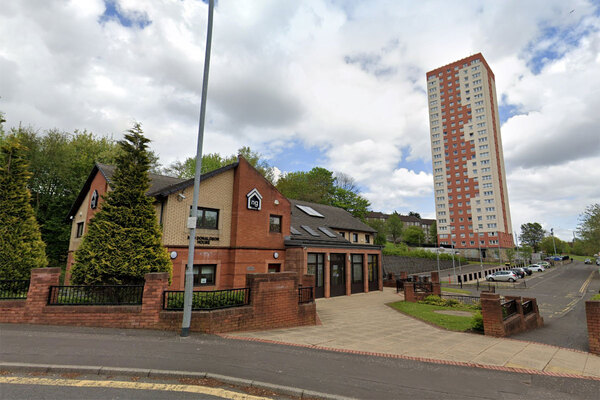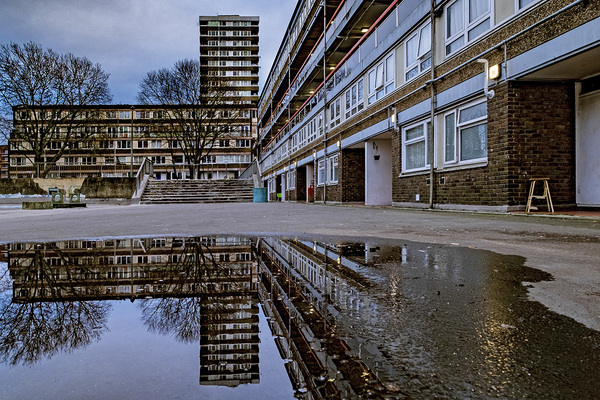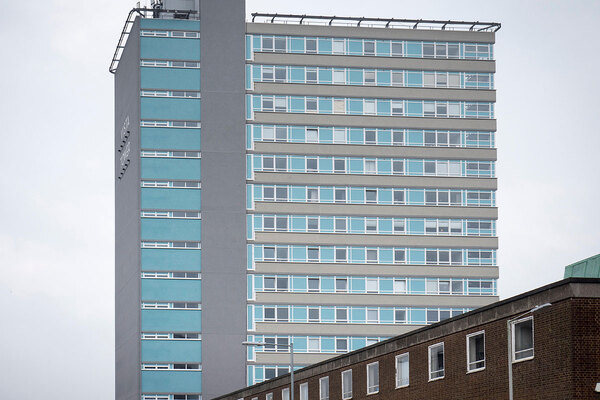You are viewing 1 of your 1 free articles
From the archive - a controversial housing sale
Inside Housing looks back at what was happening in the sector this week 10, 20 and 30 years ago
30 years ago
Tenants on an estate in Dover opposed plans by the council to sell their homes to a housing association.
One hundred St Radigund’s Estate tenants voted unanimously to oppose the sale. But Dover Council argued it was the only way to improve the estate, which needed repairs and maintenance that
would cost about £25,000 per flat.
Eileen Tant, secretary of the estate’s resident association, said tenants were worried rents would rise and homes wouldn’t be secure.
Geoff Howarth, a local Labour councillor, said: “We think all the necessary repairs could be carried out by selling some of the derelict land – not people’s homes.”
Christopher Barnett, housing officer at Dover Council, accepted that the estate had not been previously improved as the council had not spent all its government grant.
20 years ago
One nurse was responsible for reducing hospital admissions from four Northern Irish homeless hostels by 60%, Inside Housing revealed.
Catherine Flannigan was the nurse in question, and she had just finished a two-year placement at the Single Homeless Health Care Project in north Belfast.
The A&E admissions were prevented by doing a simple check-up and liaising with GPs. In one hostel, admissions plummeted from two a week to two a month.
Homeless people were given a check-up on arrival, and referred to specialist help for alcoholism, drug addition and mental health problems. Then Ms Flannigan persuaded the new arrival to register with a GP, and the GP to accept them. “Sometimes GPs don’t want to have them on their books,” the nurse told Inside Housing. “They are quite time-consuming and costly to services.”
Registering people with GPs took the pressure off A&E as hostel residents had somewhere better to go for minor problems, and could get other issues dealt with before they turned serious – Ms Flannigan gave the example of having stitches out.
10 years ago
The government had agreed to restart a safety review of potentially dangerous tower blocks, after Inside Housing discovered the investigation was put on hold after funding dried up.
The review looked into the safety of estates built using large panel structures.
The method was used to build Ronan Point (above), a 20-storey tower block in east London, which partially collapsed in 1968 following a gas explosion and killed six people.
The Building Research Establishment had been given £100,000 by the Communities and Local Government Department to investigate potential issues with these large panel constructions, but the funding ran out in August 2006, and the study stalled.










